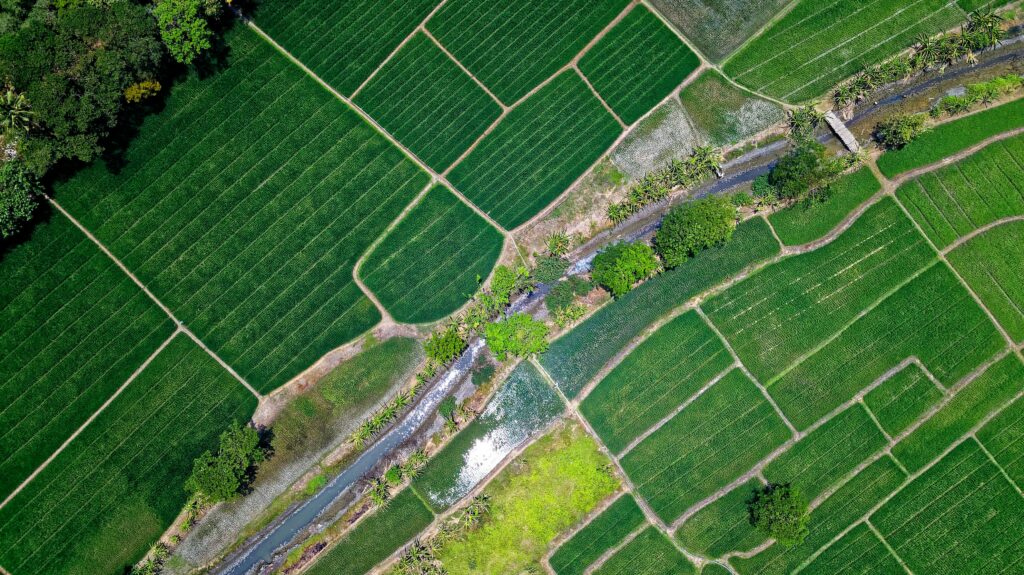As urbanization accelerates globally, the quest for sustainable food production within city limits has never been more pressing. Vertical farming, a revolutionary approach to urban agriculture, is emerging as a beacon of hope in addressing the challenges of feeding growing urban populations. This innovative method of agriculture, which involves cultivating crops in vertically stacked layers, promises to redefine how cities source their food, offering numerous environmental, economic, and logistical benefits.
The Concept and Benefits of Vertical Farming
At its core, vertical farming involves growing plants in controlled environments using vertically inclined surfaces. This can range from simple stacked trays to sophisticated high-rise farms equipped with cutting-edge technology. The primary appeal of vertical farming lies in its ability to maximize space efficiency. By utilizing vertical space, these farms can produce significant quantities of food within a compact area, often in urban settings where land is scarce and expensive.
One of the most compelling advantages of vertical farming is its potential to drastically reduce the environmental footprint of traditional agriculture. Conventional farming relies heavily on large tracts of land, extensive water use, and often involves transportation emissions as food is shipped from rural areas to urban centers. Vertical farms, however, can be established in city buildings, reducing the need for long-distance transportation and the associated carbon emissions. Additionally, these farms can utilize hydroponic or aeroponic systems, which use up to 90% less water than traditional soil-based agriculture, making them a more sustainable option.
Technological Innovations Driving Vertical Farming
The success of vertical farming hinges on several technological advancements. One of the most critical components is controlled environment agriculture (CEA), which allows for precise control over factors such as light, temperature, and humidity. This enables year-round production and the ability to grow crops in regions with otherwise unsuitable climates. LED lighting systems, which are energy-efficient and customizable, play a significant role in mimicking natural sunlight, thus optimizing plant growth.
Automation and robotics are also transforming vertical farming. Automated systems can manage planting, harvesting, and packaging processes, reducing the need for manual labor and increasing efficiency. Advanced sensors and data analytics further enhance productivity by monitoring plant health and environmental conditions in real-time, allowing for adjustments that improve yield and resource use.
Economic and Social Implications
Economically, vertical farming presents a promising alternative to traditional agriculture. While the initial investment in technology and infrastructure can be high, the potential for reduced operational costs and increased crop yields can offer substantial long-term savings. Urban vertical farms also contribute to local economies by creating jobs and fostering innovation within the agricultural sector.
Socially, vertical farming can play a significant role in enhancing food security in urban areas. By localizing food production, cities can reduce their dependency on external supply chains, making them more resilient to disruptions. Moreover, vertical farms can provide fresh, locally-grown produce to urban residents, improving access to nutritious food and potentially lowering food prices.
Challenges and Future Prospects
Despite its potential, vertical farming is not without challenges. The high capital costs and technical complexity of establishing and maintaining these farms can be barriers to widespread adoption. Additionally, while vertical farming can produce a variety of crops, there are still limitations in terms of the types of plants that can be effectively grown using these methods.
Nevertheless, the future of vertical farming looks promising. As technology continues to advance and costs decrease, the scalability of vertical farming will likely improve. Investments in research and development, coupled with supportive policies and incentives, could accelerate the growth of this industry. As urban populations continue to swell, vertical farming may well become a cornerstone of sustainable urban food systems, offering a viable solution to the challenges of modern agriculture.
In conclusion, vertical farming represents a significant step forward in the quest for sustainable urban agriculture. By maximizing space, reducing environmental impacts, and leveraging advanced technologies, it offers a glimpse into the future of food production in an increasingly urbanized world. As this innovative approach continues to evolve, it holds the promise of transforming how we grow and consume food, making it a key player in the future of urban agriculture.









